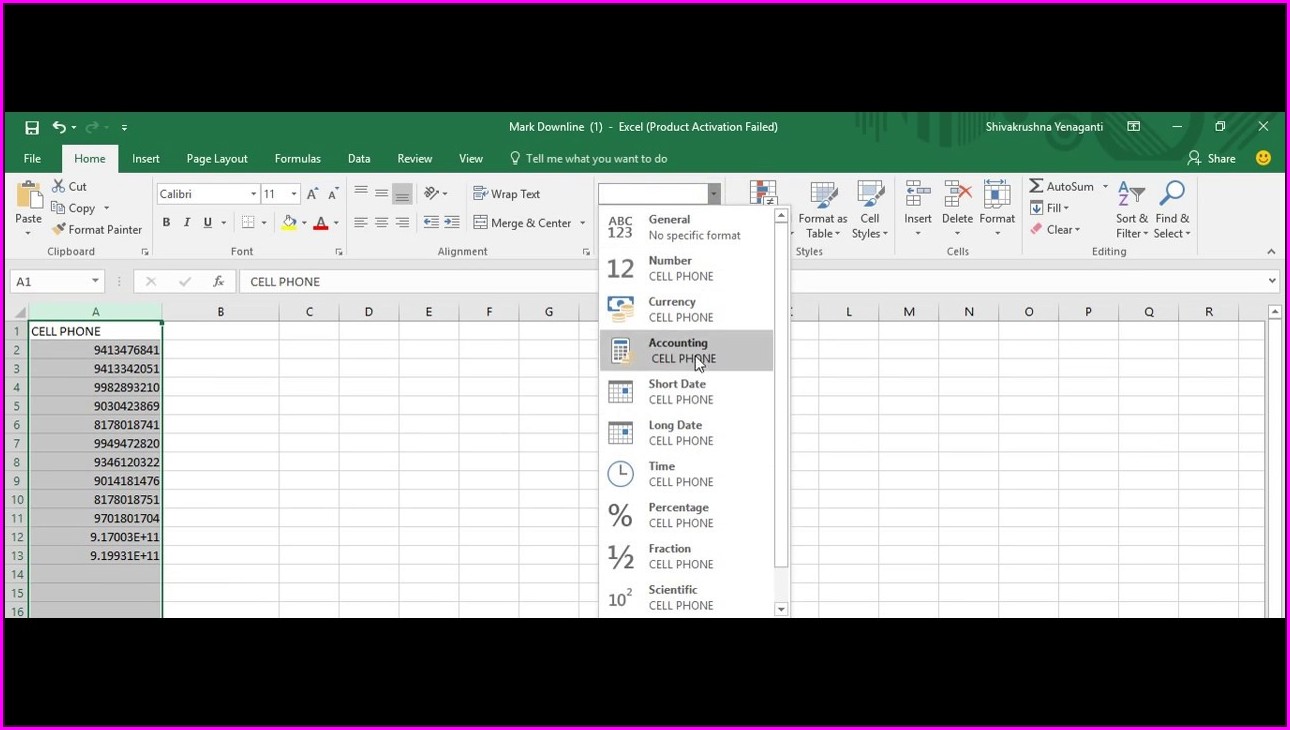Excel Sheet Reading: Mastering Pandas in 2023

Understanding the complexities of data management has never been more crucial in our increasingly digital world. Whether you're working in finance, technology, academia, or any other field where large datasets are the norm, mastering a tool like Pandas for Python can streamline your workflow, making data manipulation a breeze. This blog post delves into how to effectively use Pandas to read, manage, and analyze Excel spreadsheets in 2023.
Getting Started with Pandas

Pandas, an open-source library, provides high-performance, easy-to-use data structures, and data analysis tools for Python. Here are the steps to begin:
- Install Pandas:
pip install pandas - Import the library:
import pandas as pd
💡 Note: Ensure your Python environment is set up to install libraries or that you have the necessary permissions if using a shared environment.
Reading Excel Files

To work with Excel files, Pandas leverages the openpyxl library:
- Install openpyxl if not already installed:
pip install openpyxl - Now, you can read an Excel file:
df = pd.read_excel('your_file.xlsx', sheet_name='Sheet1')
Pandas reads Excel files into a DataFrame, a 2-dimensional labeled data structure where data is aligned in rows and columns.
💡 Note: If your Excel file has multiple sheets, you can specify which sheet to read by name or index with the sheet_name parameter.
Data Exploration and Manipulation

Once your data is loaded into a DataFrame, here's how you can explore and manipulate it:
- View the first few rows:
print(df.head()) - Get a quick summary of your data:
print(df.info()) - Handle missing data:
ordf = df.dropna()df = df.fillna(value=df.mean()) - Change column names:
df.columns = ['new_column1', 'new_column2'] - Filter rows:
filtered_df = df[df['column'] > threshold]
💡 Note: When dealing with large datasets, always consider memory efficiency by using methods like df = pd.read_excel('your_file.xlsx', usecols=['Column1', 'Column2']) to load only specific columns.
Writing Excel Files

After data manipulation, you might want to save your changes:
- Write to Excel:
df.to_excel('new_file.xlsx', sheet_name='Sheet1', index=False) - Writing to multiple sheets:
with pd.ExcelWriter('multiple_sheets.xlsx') as writer: df1.to_excel(writer, sheet_name='Sheet1', index=False) df2.to_excel(writer, sheet_name='Sheet2', index=False)
Advanced Features

Pandas offers more sophisticated features for Excel handling:
- Custom formatting when writing:
from openpyxl.styles import PatternFill, Alignment # Create an ExcelWriter object writer = pd.ExcelWriter('styled_file.xlsx', engine='openpyxl') # Write your data df.to_excel(writer, sheet_name='Sheet1', index=False) # Access the worksheet worksheet = writer.sheets['Sheet1'] # Set row height for row in worksheet.iter_rows(min_row=1, max_row=worksheet.max_row, min_col=1, max_col=worksheet.max_column): for cell in row: cell.fill = PatternFill(start_color='ff0000', end_color='ff0000', fill_type='solid') cell.alignment = Alignment(horizontal='center', vertical='center') writer.save() - Working with Formulas:
df = pd.DataFrame({'A': [1,2,3], 'B': [4,5,6], 'C': ['','=A1+B1','=A2+B2']}) df.to_excel('with_formulas.xlsx', index=False)
💡 Note: Formulas in Excel are interpreted by the engine; they won't work in Pandas DataFrame but will be written into the Excel file correctly.
In summary, mastering Pandas for Excel manipulation not only boosts your data handling capabilities but also opens a plethora of opportunities for data analysis and visualization. By integrating these tools into your workflow, you can manage large datasets with ease, make informed decisions based on comprehensive data analysis, and share insights in a format familiar to many—Microsoft Excel. With practice, these operations will become second nature, making you an invaluable asset in any data-driven environment.
Can Pandas handle large Excel files?

+
Yes, Pandas can handle large Excel files, but performance can degrade with very large datasets. For better efficiency, you might consider reading only necessary columns or using more robust methods like chunking or streaming data from Excel.
How can I work with Excel formulas in Pandas?

+
Pandas can write formulas into Excel cells, but it does not interpret or manipulate these formulas directly. Formulas are preserved when written to Excel using Pandas.
Is there any way to improve the speed of reading Excel files with Pandas?

+
Yes, you can use parameters like usecols to load only specific columns or employ methods like chunking or streaming if the dataset is very large.



